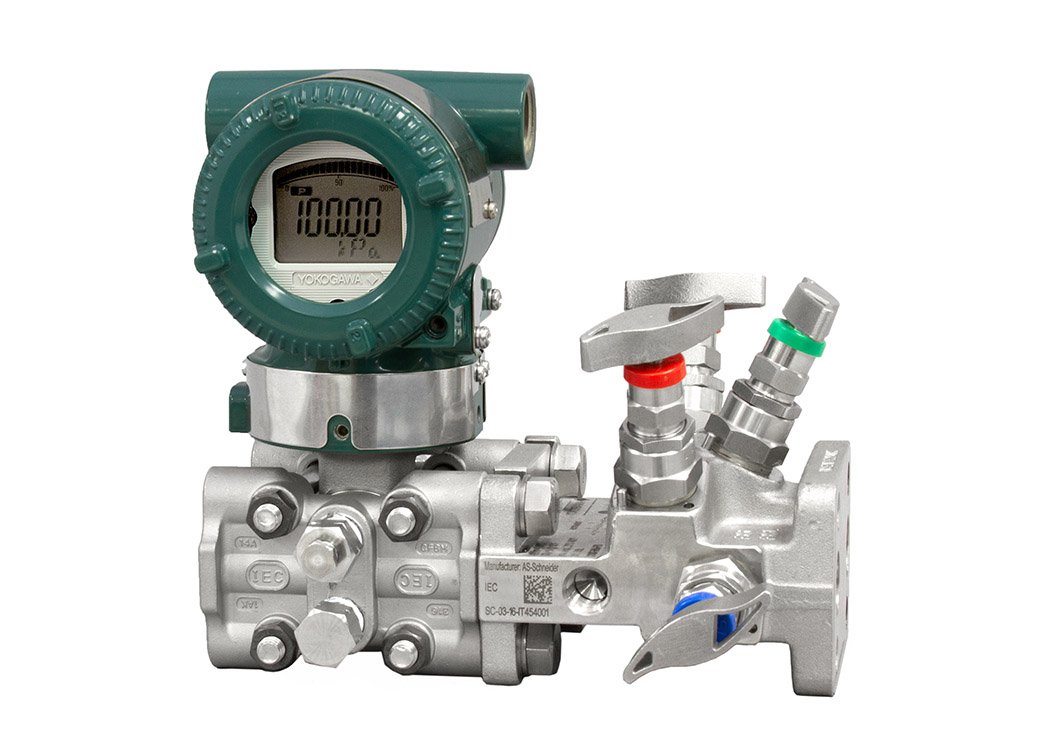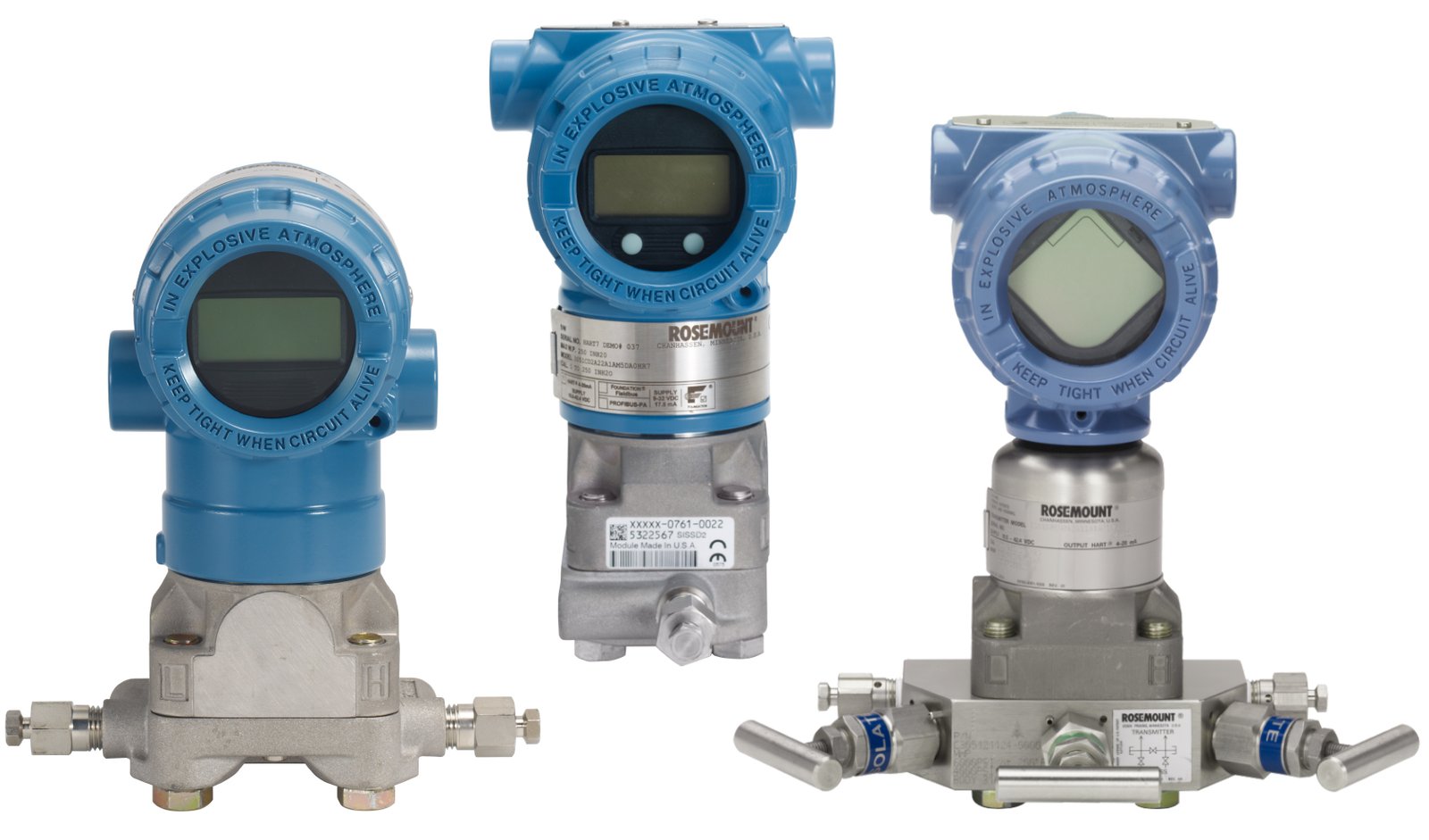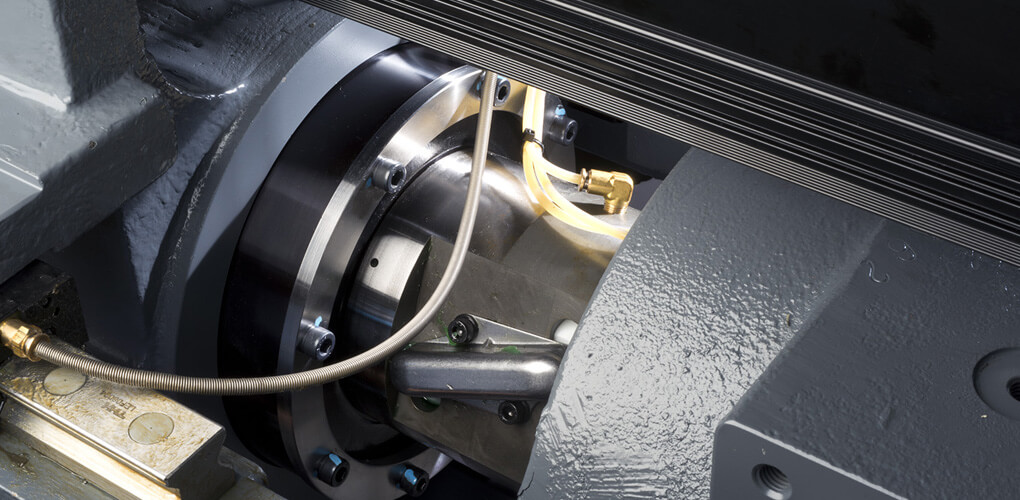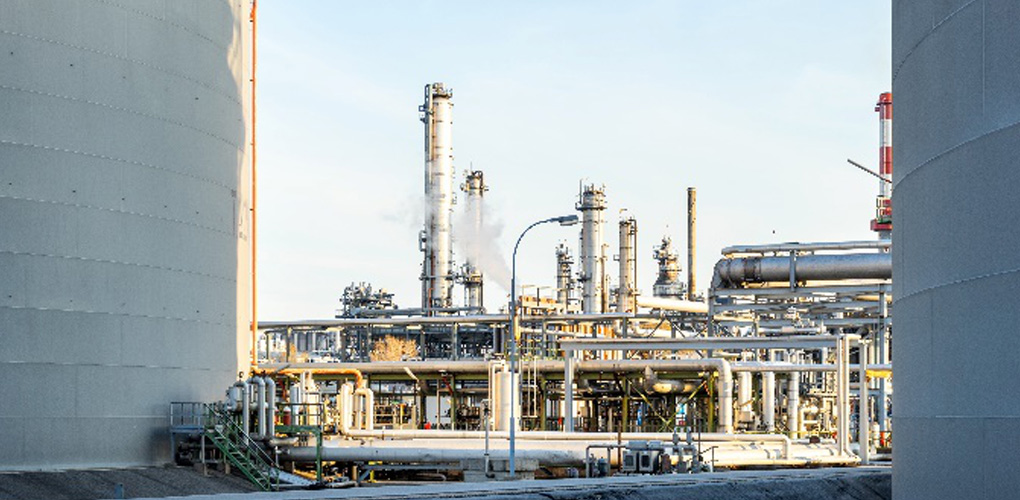The Accuracy Components of Pressure Transmitter for Hygiene Industry
What Are The Accuracy Components of Pressure Transmitter for Hygiene Industry?
The hygiene industry plays a vital role in environmental protection campaigns and the preservation of water-body initiatives. This industry stands based on many components, but a pressure transmitter for hygiene industry is essential.
The importance of pressure transmitters in this industry is crucial in some of the most important processes used in waste treatment and social hygiene facilities.
You May Also Read: Pressure Sensor for Sewage Treatment- Water Treatment in STP
What is A Pressure Transmitter for Hygiene Industry?
A pressure transmitter is a device that is composed of three fundamental components, a pressure sensor, a signal converter, and a transmitter.

A pressure transmitter measures the pressure of liquids and gases using its pressure sensors. It then converts the measured readings into analog voltage or current signals that are easily transmittable. It transmits these signals to its designated receiver, converting the analog signals into digital signals and displaying it.
A pressure transmitter finds essential applications in almost all industries, including oil and gas, pharmaceutical, chemical processing, parts manufacturing, plastic molding, and hygiene industry. It is an integral component in the area of process control. Process designers use a pressure transmitter for the hygiene industry most of the time to measure, control, maintain, and regulate the industry's flow of fluids.
Every pressure transmitter measures pressure with respect to a particular reference pressure. Knowing the pressure that a transmitter uses as its reference is critical. Information on reference pressure is vital because this reference pressure often also describes the type of pressure transmitter.
Types of Pressure Transmitters
Pressure transmitters have four basic types. Each of these types has a set of applications that are specific to that type of transmitter. These types include:
- Absolute Pressure Transmitter: An absolute pressure transmitter utilizes absolute zero (vacuum pressure) as its reference. It measures the pressure of the designated liquid or gas stream against the absolute zero pressure and shows the readings accordingly. This type of transmitter finds use in the systems that are isolated from the atmospheric pressure, such as a closed pressure vessel.
- Gauge Pressure Transmitter: A gauge pressure transmitter measures pressure against atmospheric pressure. Therefore, whatever reading it displays has the value of atmospheric pressure added to it. These pressure transmitters find use in areas where atmospheric pressure variations are critical for the output pressure.
- Differential Pressure Transmitter: This type of pressure transmitter finds most use in flow measuring applications. This transmitter measures the pressure at two points and calculates and displays the difference between these two pressures. This pressure difference then helps to control the flowrate and monitor the level of fluids.
- Multivariable Pressure Transmitter: This pressure transmitter, as its name suggests, is used to measure and display multiple critical process variables. For example, a multivariable pressure transmitter may sense a volumetric flow rate and temperature along with pressure. They are generally more expensive than simple pressure transmitters.
Role of Pressure Transmitter for Hygiene Industry
Generally, environmental protection agencies regulate all industries. However, the hygiene industry is one of those industries that must adhere very strictly to the rules and limits set by the environmental protection organizations.
To properly align with the rules of nature preservation (and save themselves from penalties) and shape their operational processes for profit, hygiene industries must ensure their process's efficiency. And to ensure that every sub-process operates optimally, they need pressure controllers and transmitters.
A pressure transmitter for the hygiene industry controls the flow of influent to avoid overwhelming and affecting the working of downstream equipment. It also regulates the inflow and outflow of water in all the tanks and basins to ensure their efficacy.
Moreover, there are many processes in the wastewater treatment facility that is highly sensitive to water, such as a settling process. If the flow rate is inflowing water is too high, the suspended solids in wastewater will not settle down in the settling tank. Consequently, they will flow with the effluent and will harm the subsequent processes and equipment.
Another critical application of pressure transmitters for the hygiene industry is level maintenance. Many processes yield efficient results only if the liquid stays at a specified level. Thus, pressure transmitters contribute significantly to the efficiency of all such processes.
The Accuracy Components of Pressure Transmitter for Hygiene Industry
Accuracy of all equipment in every single process is crucial because it directly affects the process's efficiency. Similarly, pressure transmitters for the hygiene industry have quite a few accuracy components that require thoughtful consideration because they make up the device's overall accuracy.
Reference Accuracy
The reference accuracy of a pressure transmitter is based on standard conditions instead of the actual operating conditions that it operates in.
Most pressure transmitters come with a defined reference accuracy based on a few factors such as hysteresis, linearity, or retest reliability. But in pressure transmitters for the hygiene industry, these factors are not enough.
The accuracy of pressure transmitters in the hygiene industry is subjective to many other factors that reference accuracy does not consider. Therefore, the accuracy of the device may often be lower than the defined reference accuracy.
Contamination in Usage
Calling contamination in usage as the most crucial accuracy component in pressure transmitters for the hygiene industry won't be wrong.
A hygiene industry's primary purpose is to separate waste from influent streams. While doing so, these industries also regulate flowrates of liquids and maintain the level. In this way, a pressure transmitter in the hygiene industry frequently comes in contact with dirt, grime, and toxic slurries.
Therefore, the membrane of a pressure transmitter for the hygiene industry is always at a high risk of contamination. And a contaminated membrane defers the pressure transmitter's accuracy a lot.
Various Pressure Ranges
Different pressure transmitters operate on different pressure ranges and thus have different accuracies. And the hygiene industry may employ different pressure transmitters for each application. Therefore, it is crucial to determine what range the pressure transmitter is operating on to know its correct reference accuracy.
Temperature Influence
The chances are that pressure transmitters may bear fluctuations in temperature in the hygiene industry. And this fluctuation in temperature may impact the accuracy of the pressure transmitter. Therefore, it is essential to consider temperature influence while determining the total accuracy of a pressure transmitter.
Static Line Pressure
Multiple conditions in the hygiene industry employ a differential pressure transmitter to determine the flow across two points. In such conditions, common-mode static-line pressure may start impacting the output of the pressure transmitter. Operators may detect this impact on accuracy by looking for variations of output from a set difference value.
Period of Re-Calibration
Pressure transmitters tend to lose their accuracy while in service over a long period. Therefore, it is imperative to consider the effect of prolonged usage on the pressure transmitter's accuracy and calibrate it accordingly.
The Position of Pressure Transmitter
The mounting position and orientation of a pressure transmitter in the hygiene industry also affect its accuracy. Although not always, but this accuracy component may demand consideration when the pressure transmitter is initially installed or is re-installed after calibration.
Suppose a hygiene industry uses pressure transmitters for level maintenance. In that case, it must position the sensor to accurately sense the pressure in the tank and supplement the data in controlling the liquid level.
Net Accuracy
This accuracy is a consequence of considering additional factors like static-line pressure and temperature while determining the accuracy. Therefore, the pressure transmitter's net accuracy, maybe three to four times greater than its reference accuracy. Net accuracy gives a more accurate idea about the accuracy of the pressure transmitter.
Hence, before choosing a pressure transmitter for the hygiene industry, it would be wise to look for the transmitter's net accuracy.

Conclusion
The pressure transmitter for the hygiene industry contributes significantly to the efficiency of the industry's processes. However, many components and conditions make up a pressure transmitter's total accuracy in the hygiene industry.
Consideration of all of the relevant accuracy components is imperative to ensure the enhanced accuracy of the industry's pressure transmitter and optimal operation.
To Learn more about Pressure Transmitters, Contact US.
You May Also Read: Guide to a Pressure Transmitter For Hygiene Industry Technology












